Articles
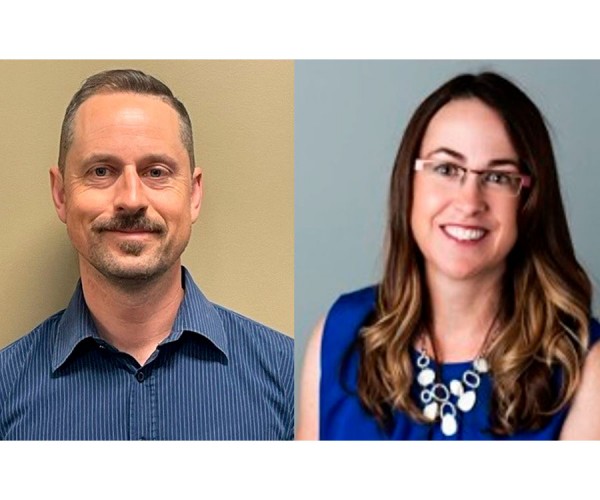
Appreciating the Value of Your Seismic Data
Stephen Kotkas and Joanne Poloway
Do you know the value of your seismic assets? They can actually be a significant part of your companies net worth but are often passed over. The revenue generated from sales of your company’s seismic can be used for other projects and can be a source of revenue that your…

Exploration and production of oil and gas from naturally fractured and weathered basement reservoirs in Asia, Africa and the Americas
Tako Koning
Oil and gas occur in basement reservoirs in many parts of the world. The reserves range from as small as one or two million barrels of oil or gas equivalent to as much as almost two billion barrels of oil, as in Libya’s Augila-Naafora field. Exploration has been remarkably successful…
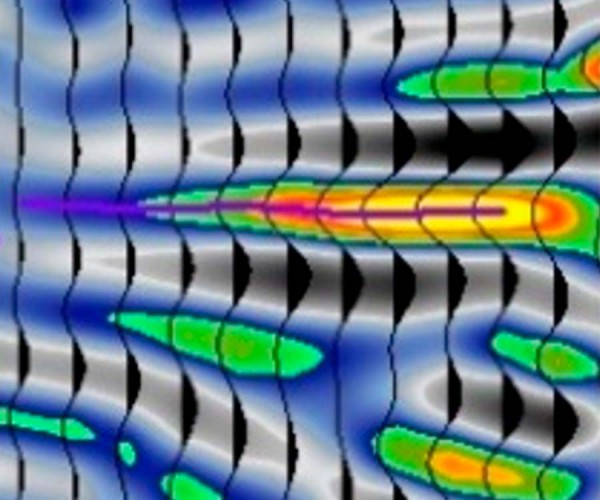
Breathing New Life into Old Data
Jason Noble and Paul McColgan
Relative strength in oil prices, and sentiment that future supplies may be limited, have led some operating companies to explore in frontier areas that have proven, historically, to be highly productive. Some of these areas have seen little exploration activity for several decades for varied reasons, such as difficulty of…
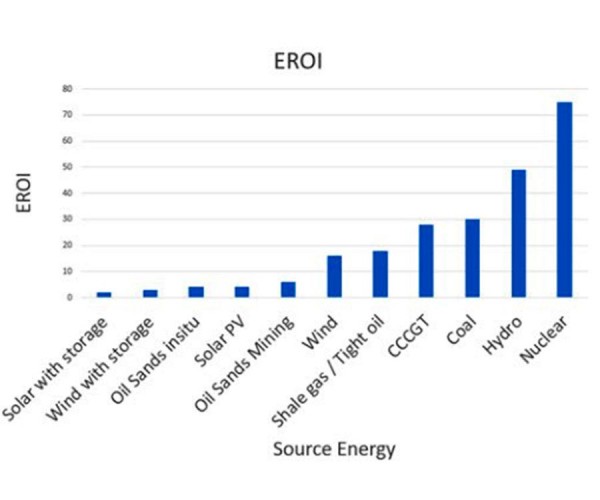
Review of global warming, climate change, renewables, CCUS, geothermal and the geoscience involved (Part 2)
Brian Wm. Schulte
In this, the second part of a three-part article, we will discuss renewables (wind turbines and solar). We will look at price and Energy Returned on Investment (EROI) to compare sources of energy. We will also look at OPEC, at the lack of investment (which is causing the overall supply…

Overview of Carbon Management Canada’s pilot-scale CO2 injection site for developing and testing monitoring technologies for carbon capture and storage, and methane detection
M. Macquet, D. Lawton, K. Osadetz, G. Maidment, M. Bertram, K. Hall, B. Kolkman-Quinn, J. Monsegny Parra, F. Race, G. Savard, Y. Wang
Carbon capture and storage (CCS) in geological formations is becoming a key technology for the permanent reduction of CO2 emissions in the atmosphere. Pilot-scale projects with small volumes of injected CO2 are important, as they provide well controlled conditions that enable testing, validation, and quantification of these monitoring technologies.
...
The Variogram Basics: A visual introduction to one of the most useful geostatistical concepts
Evan Brown
The job of a petroleum geoscientist is rapidly transforming into a role that requires proficiency with statistical concepts and data management. The goal of this primer is to provide the reader, through words, basic examples and images, an understanding of some of the basic principles behind the semivariogram/variogram, a statistical…

Past, Present, and Future applications of Geophysics in Oil Sands – Part 2
Draga Talinga, David Gray, Hong Feng, Don C. Lawton, Brian Wm. Schulte
This is the second part of a two-part paper. This part of the paper explores some of the most recent advances in using seismic data for oil sands reservoirs. These are Time-lapse (4D) Inversion for SAGD; Predicting where Bitumen has been Liquified using PS-4D Seismic Data; 4D Time-Lapse Full Waveform…

Review of global warming, climate change, renewables, CCUS, geothermal and the geoscience involved (Part 1)
Brian Wm. Schulte
Our world has changed, and with it, there will be changes on what we publish. There will be tough topics you may not agree with, but others may. There are certain things about climate change that are now becoming accepted scientific theories, as with evolution or plate tectonics in the…
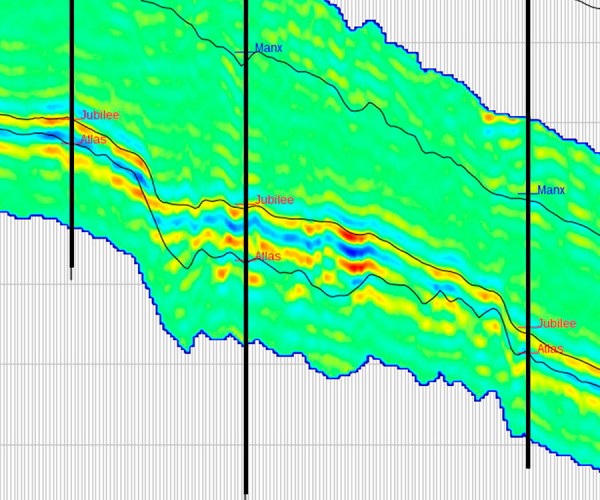
Well Tie Methodology: A Very Often Overlooked Critical Step in Seismic Interpretation and Inversion
Joaquin Aristimuno and Carla Carvajal
In this article, we will explore the basics of the well tie to seismic, starting with some basic seismic acquisition and processing concepts, definition and type of wavelets and a case study that will show the impact of using a wrong estimation of the time-depth relationship (obtained from the well…
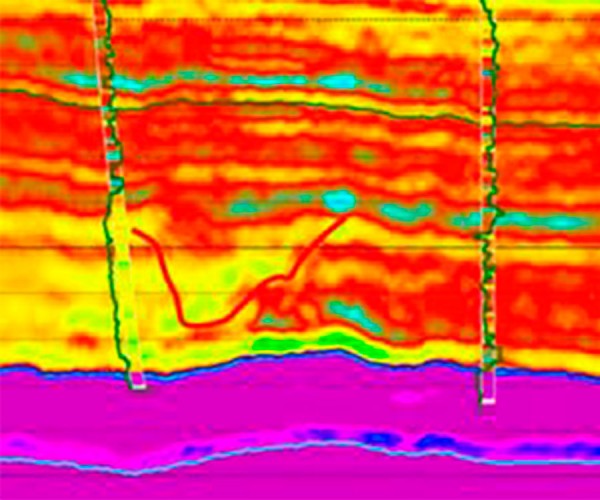
Past, Present, and Future applications of Geophysics in Oil Sands – Part 1
Draga Talinga, David Gray, Hong Feng, Don C. Lawton, Brian Wm. Schulte
This paper is dedicated to Dr. Larry Lines (1949-2019), who was involved with seismic imaging and inversion, reservoir characterization, conventional oil and gas exploration, geophysical studies of heavy oil, oil sands, and monitoring effectiveness of steam assisted gravity drainage (SAGD), and who mentored us all.
...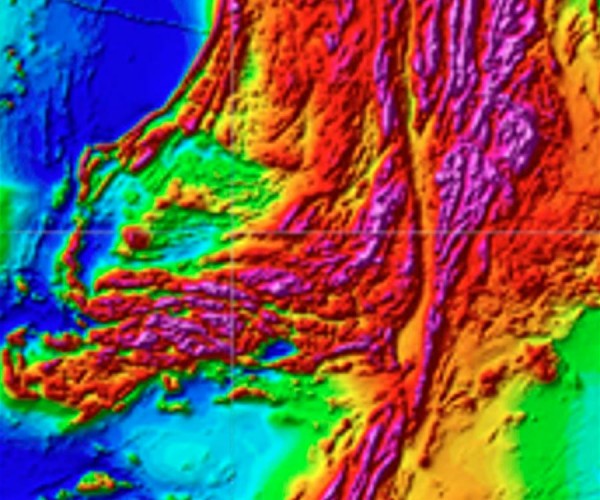
New Regional Aeromagnetic Surveys in Northern Alberta
Henry Lyatsky, Dinu Pana, Khaled Moussaoui, Carlos Cortada, Saleh Elmoussaoui
Aeromagnetic surveys provide important information on geologic features and enable low-cost regional coverage. For these reasons, magnetic maps often serve as primary regional information on the resource potential in large areas.
...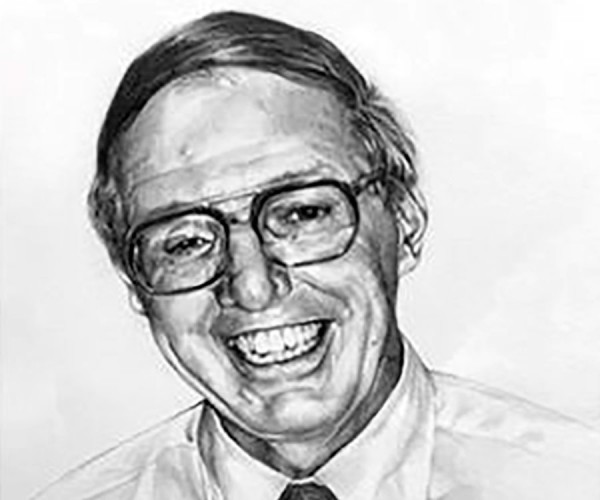
Wes Rabey Memorial
Brian Wm. Schulte
Wes Rabey is someone we owe a lot to in the Canadian Geophysical community. This memorial is not a list of events he did but chronicles the impact he had on our industry. This is also a reflection on the history of our industry, especially regarding seismic brokerage.
...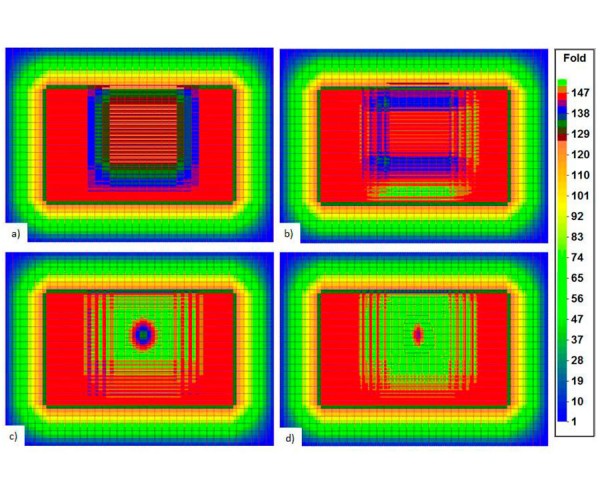
Compensating Missing Source Points: Minimizing loss of coverage in 3D seismic surveys for areas where sources cannot be deployed, yet geophones may be planted
Gijs J.O. Vermeer
In 3D seismic acquisition it may happen that in some areas sources are not allowed whereas geophone planting is permitted. Examples of such areas are nature reserves, parks, lakes, and other sensitive areas. Often, it might be possible to circumvent the problem by using weaker sources or using buried sources…
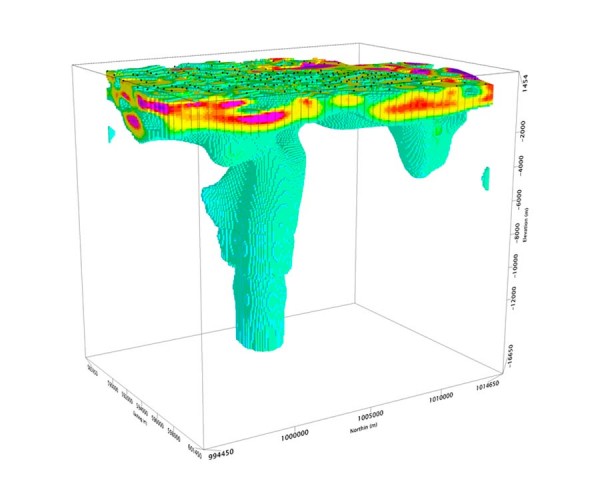
Magnetotellurics in Exploration for Geothermal Targets
José Antonio Rodríguez, Mehran Gharibi, Oliver Kuhn
The increasing demand to develop renewable energy resources has driven a surge in interest in geothermal sources, both for power generation and for direct use of heat, or for a combination of both.
...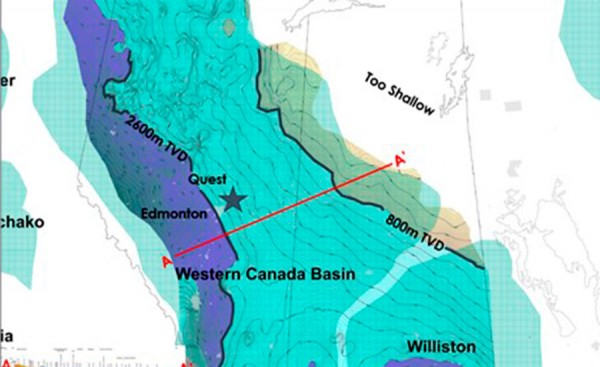
Risk-Based Design of Site Characterization and Measurement, Monitoring, and Verification Plans for Carbon Capture, Utilization, and Storage Projects
Marcia L. Couëslan, Wade Zaluski, and Brody Loster
Renewed interest in carbon capture, utilization, and storage (CCUS) has exploded in the last 12 to 18 months in both the United States and Canada. This has been precipitated by the 45Q Carbon Capture Tax Credit in the United States and the federal carbon tax and Clean Fuel Standard in…
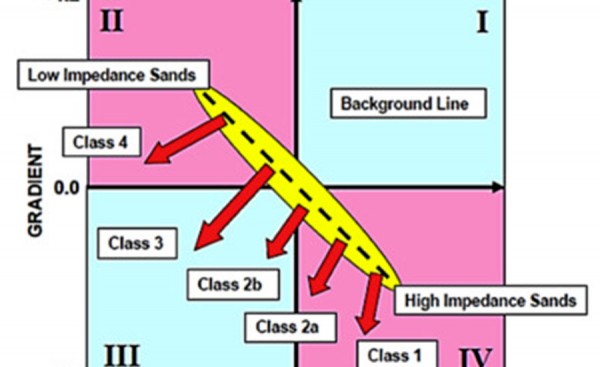
Key AVO References
David Gray
While mentoring at Nexen, I put together a set of key AVO papers to help geophysicists understand the basics and key concepts of AVO. Now, as an Associate Editor for the RECORDER, I would like to pass along this information to all of you.
...
Evidence for Strike-Slip Faulting from 3D Seismic and HZ Well Strip Logs and its Impact on Hydrocarbon Distribution at the Worsley Charlie Lake LL Pool
Rainer Augsten
Faults have always played a major role in the trapping of hydrocarbons, usually by creating structural traps. Faults with associated vertical displacement or folding are often visible on seismic data. Strike-slip faults with no vertical displacement, on the other hand, are notoriously difficult to detect on seismic data. This article…
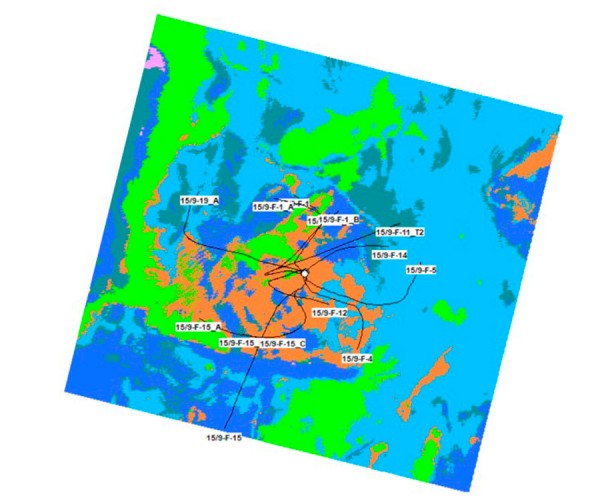
Integrating Pore Pressure and Lithology Prediction from Well and Seismic Data to Characterize Abnormal Pressures in the Compartmentalized Volve Oil Field, Central North Sea
Draga Talinga and Carl Reine
Pore-pressure distribution within the clastic and carbonate Mesozoic sequences at the Volve oil field in the Central North Sea is particularly interesting due to the presence of two distinctive pressure regimes within the Jurassic sandstones: one hydrostatic and one moderately overpressured.
...
Effective Technical Talks
Stewart Trickett
Being an expert in your field is not enough. You must communicate your knowledge and findings effectively. Although natural aptitude varies, communication skills can be studied, practiced, and refined like any other. You need only apply yourself.
...
The Prevention and Cure for Tube Waves
Allan Campbell
In recent years, vertical seismic profiling (VSP) has become an important tool for geophysicists involved in the exploration for oil and gas. VSP’s can provide precise time-depth relationships for seismic reflections. VSP’s frequently have better resolution (wider frequency bandwidth) than surface seismic. Unlike most surface seismic, the VSP corridor stack…









